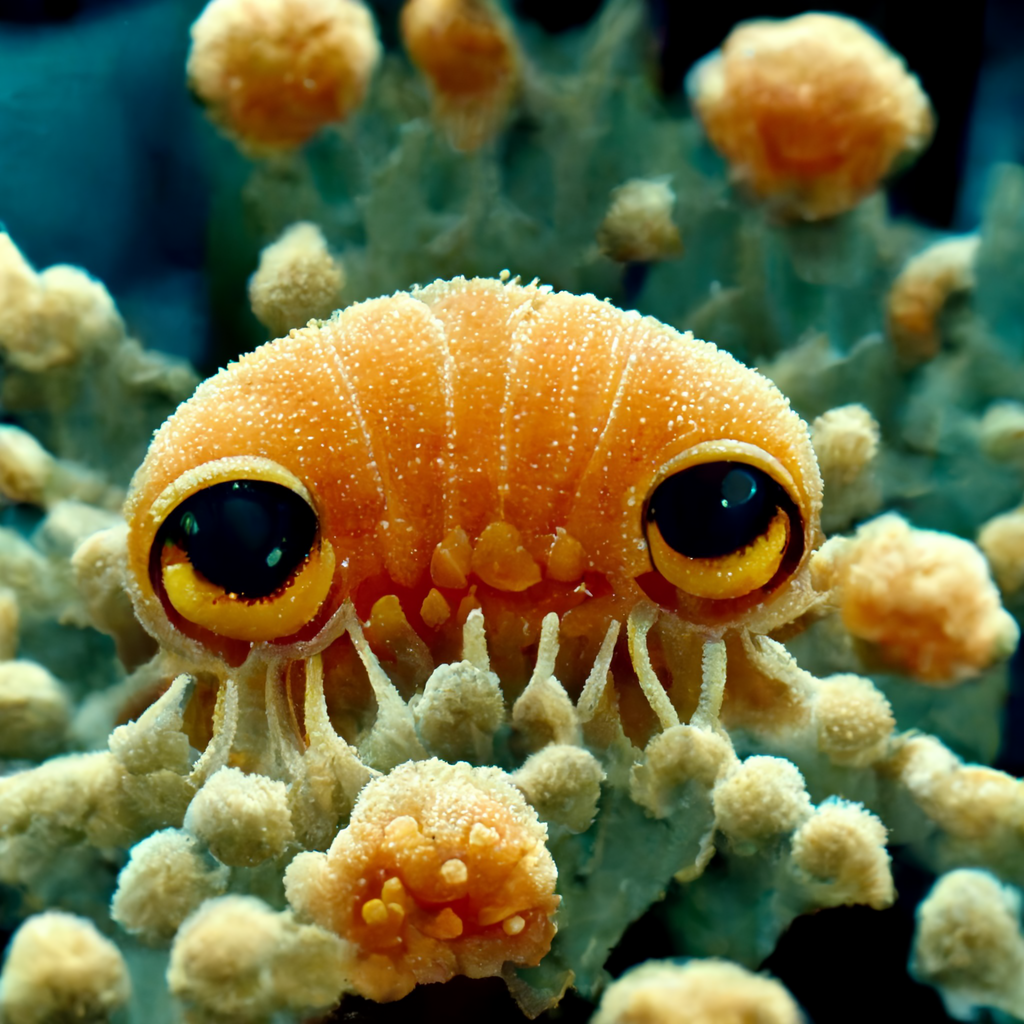

Chillopiars are aquatic animals that live in the depths of the ocean. They are composed of many small pieces of coral and sponge, which can be detached and reattached by contracting muscles in their bodies. If a chillopiar is injured and loses a piece of itself, it can regenerate it by eating another chillopiar. They are highly social, and they communicate with each other by emitting and receiving different frequencies of light, including some on a spectrum invisible to humans.
Explore an endless universe of ficticious life on NovelGens.





